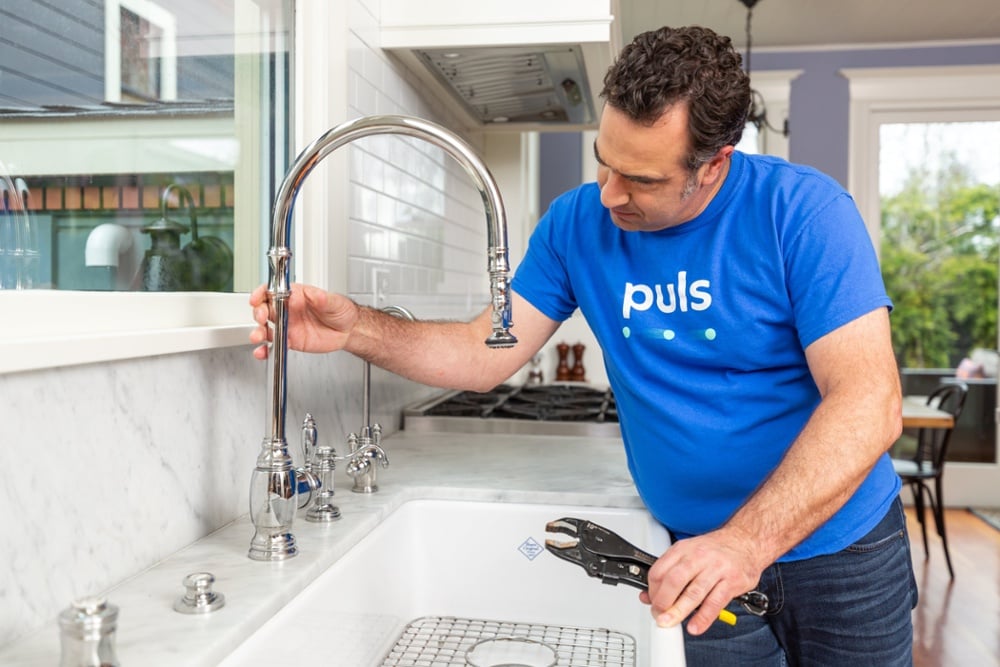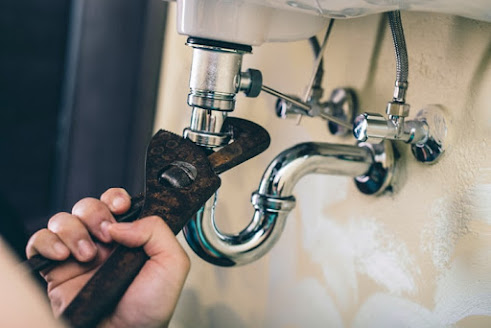Identify & Fix Plumbing Sounds
Identify & Fix Plumbing Sounds
Blog Article
On this page below you might get a good deal of amazing information and facts concerning Why Do My Plumbing Pipes Make A Knocking Noise.

To identify noisy plumbing, it is essential to figure out very first whether the unwanted sounds occur on the system's inlet side-in other words, when water is turned on-or on the drain side. Sounds on the inlet side have actually differed reasons: extreme water stress, worn valve and faucet components, poorly attached pumps or various other home appliances, improperly put pipe fasteners, and plumbing runs having way too many limited bends or various other limitations. Noises on the drain side generally originate from inadequate place or, just like some inlet side noise, a layout having limited bends.
Hissing
Hissing noise that occurs when a tap is opened a little normally signals extreme water pressure. Consult your neighborhood public utility if you think this problem; it will have the ability to inform you the water pressure in your location and also can set up a pressurereducing valve on the inbound water system pipe if necessary.
Various Other Inlet Side Noises
Squeaking, squeaking, damaging, breaking, as well as tapping usually are caused by the development or contraction of pipes, normally copper ones supplying hot water. The audios happen as the pipelines slide versus loose bolts or strike close-by residence framing. You can often identify the location of the issue if the pipelines are revealed; simply follow the noise when the pipes are making sounds. More than likely you will certainly find a loose pipeline hanger or a location where pipes exist so close to flooring joists or other mounting pieces that they clatter versus them. Connecting foam pipeline insulation around the pipes at the point of get in touch with should fix the trouble. Be sure bands and also hangers are safe and offer ample support. Where feasible, pipeline fasteners ought to be affixed to huge structural aspects such as structure walls rather than to mounting; doing so decreases the transmission of vibrations from plumbing to surface areas that can enhance and also transfer them. If affixing fasteners to framing is inescapable, wrap pipelines with insulation or various other resilient product where they contact fasteners, as well as sandwich completions of brand-new fasteners between rubber washing machines when mounting them.
Dealing with plumbing runs that suffer from flow-restricting tight or many bends is a last resource that should be undertaken just after consulting a proficient plumbing service provider. Unfortunately, this circumstance is fairly typical in older residences that might not have been developed with interior plumbing or that have actually seen several remodels, especially by novices.
Babbling or Shrilling
Intense chattering or screeching that happens when a shutoff or tap is turned on, and that typically vanishes when the installation is opened totally, signals loosened or defective internal parts. The option is to change the shutoff or tap with a new one.
Pumps and home appliances such as washing makers and also dish washers can move electric motor sound to pipes if they are improperly connected. Link such products to plumbing with plastic or rubber hoses-never stiff pipe-to isolate them.
Drainpipe Sound
On the drainpipe side of plumbing, the principal objectives are to remove surface areas that can be struck by dropping or hurrying water and also to shield pipelines to have inescapable audios.
In brand-new building and construction, bathtubs, shower stalls, toilets, and wallmounted sinks and basins should be set on or versus resistant underlayments to reduce the transmission of audio via them. Water-saving commodes and also taps are much less loud than traditional designs; install them rather than older types even if codes in your area still permit using older components.
Drains that do not run up and down to the cellar or that branch into horizontal pipe runs supported at floor joists or various other mounting existing especially problematic noise problems. Such pipes are huge sufficient to emit significant vibration; they also lug substantial quantities of water, which makes the situation even worse. In brand-new building, specify cast-iron soil pipelines (the huge pipes that drain toilets) if you can manage them. Their enormity consists of much of the noise made by water travelling through them. Additionally, prevent routing drains in wall surfaces shown bedrooms and also spaces where people gather. Wall surfaces including drainpipes need to be soundproofed as was explained earlier, using dual panels of sound-insulating fiberboard and wallboard. Pipelines themselves can be wrapped with special fiberglass insulation created the function; such pipes have a resistant vinyl skin (sometimes consisting of lead). Results are not constantly adequate.
Thudding
Thudding noise, often accompanied by shivering pipes, when a tap or home appliance valve is switched off is a condition called water hammer. The sound as well as resonance are triggered by the reverberating wave of stress in the water, which suddenly has no area to go. In some cases opening up a valve that releases water rapidly right into an area of piping including a constraint, elbow joint, or tee installation can create the same condition.
Water hammer can usually be treated by mounting fittings called air chambers or shock absorbers in the plumbing to which the trouble valves or taps are connected. These tools allow the shock wave developed by the halted flow of water to dissipate airborne they have, which (unlike water) is compressible.
Older plumbing systems may have brief vertical areas of capped pipe behind walls on tap runs for the exact same purpose; these can ultimately loaded with water, decreasing or damaging their effectiveness. The remedy is to drain pipes the water system totally by shutting off the main water system shutoff and also opening all faucets. After that open the main supply shutoff and also close the taps individually, starting with the faucet nearest the shutoff and ending with the one farthest away.
3 Most Common Reasons for Noisy Water Pipes
Water hammer
When water is running and is then suddenly turned off, the rushing liquid has no place to go and slams against the shut-off valve. The loud, thudding sound that follows is known as a water hammer. Besides being alarming, water hammer can potentially damage joints and connections in the water pipe itself. There are two primary methods of addressing this issue.
Check your air chamber. An air chamber is essentially a vertical pipe located near your faucet, often in the wall cavity that holds the plumbing connected to your sink or tub. The chamber is filled with air that compresses and absorbs the shock of the fast moving water when it suddenly stops. Unfortunately, over time air chambers tend to fill with water and lose their effectiveness. To replenish the air chambers in your house you can do the following. Turn off the water supply to your house at the main supply (or street level). Open your faucets to drain all of the water from your plumbing system. Turn the water back on. The incoming water will flush the air out of the pipes but not out of the vertical air chamber, where the air supply has been restored. Copper pipes
Copper pipes tend to expand as hot water passes through and transfers some of its heat to them. (Copper is both malleable and ductile.) In tight quarters, copper hot-water lines can expand and then noisily rub against your home's hidden structural features — studs, joists, support brackets, etc. — as it contracts.
One possible solution to this problem is to slightly lower the temperature setting on your hot water heater. In all but the most extreme cases, expanding and contracting copper pipes will not spring a leak. Unless you’re remodeling, there's no reason to remove sheetrock and insert foam padding around your copper pipes.
Water pressure that’s too high
If your water pressure is too high, it can also cause noisy water pipes. Worse, high water pressure can damage water-supplied appliances, such as your washing machine and dishwasher.
Most modern homes are equipped with a pressure regulator that's mounted where the water supply enters the house. If your home lacks a regulator, consider having one professionally installed. Finally, remember that most plumbers recommend that water is delivered throughout your home at no lower than 40 and no greater than 80 psi (pounds per square inch).
Whatever the state of your plumbing, one thing is certain — you’re eventually going to encounter repair and replacement issues around your home that require professional help. That’s where American Home Shield can come to your aid.
https://www.ahs.com/home-matters/repair-maintenance/causes-of-noisy-water-pipes/

Do you like more info about Why Do My Plumbing Pipes Make A Knocking Noise? Place a review below. We will be interested to see your reactions about this blog entry. We are looking forward to see you back again in the near future. Appreciated our blog? Please share it. Help somebody else discover it. Thank you so much for going through it.
Book Today Report this page